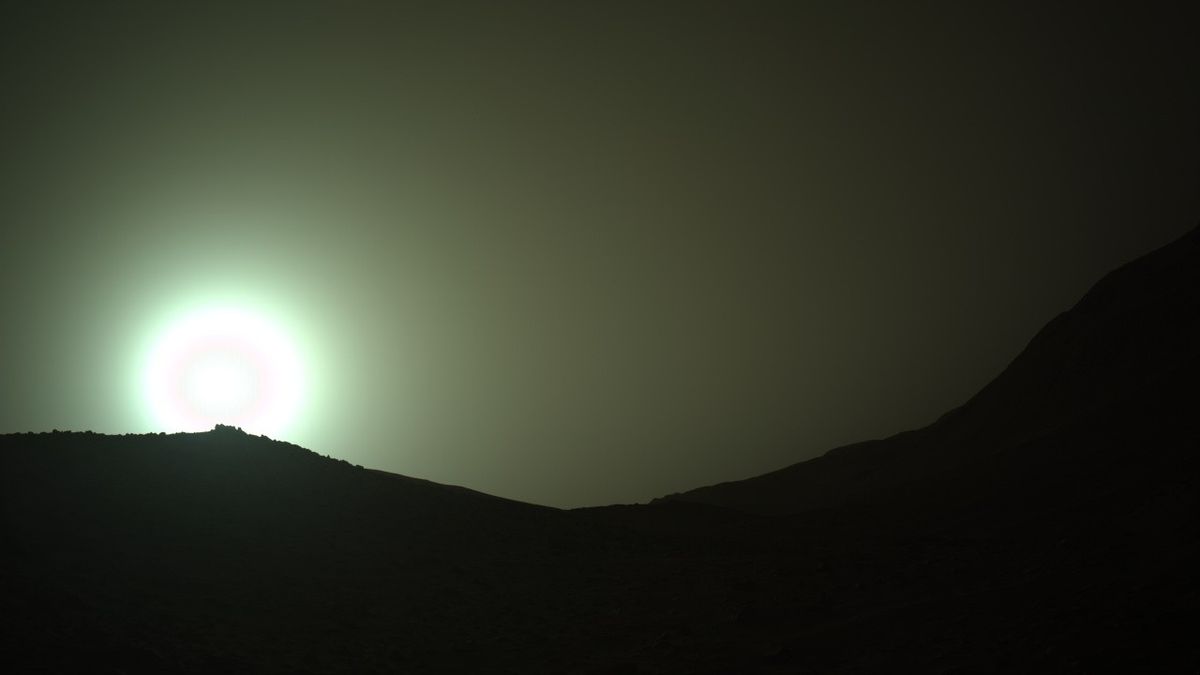Exploring the Possibility of Alien Life through Purple Bacteria
If we encounter alien life forms in the future, how will they appear to us? While this remains uncertain, recent research suggests that purple bacteria could be a potential candidate for extraterrestrial life. Astronomers are now investigating the chemical characteristics unique to these lavender-hued microbes, which might have thrived on Earth in its early history and could potentially exist on distant planets orbiting dim red stars.
Unveiling the Unique Traits of Purple Bacteria
The endeavor to study purple bacteria aims to establish a comprehensive database of life signs. This initiative is crucial to ensure that our observational instruments can identify life forms that may differ from those commonly found on Earth. According to Lisa Kaltenegger from Cornell University, purple bacteria exhibit remarkable adaptability to diverse environments, suggesting that purple could be the new green in extraterrestrial ecosystems.
Contrary to Earth’s predominant green photosynthesis driven by chlorophyll, ancient microorganisms relied on retinal, a purple pigment, to harness sunlight for energy production. Scientists theorize that if retinal is present on distant planets, telescopes could detect its distinct signature, thereby indicating the potential presence of life forms utilizing this molecule for energy conversion.
Expanding the Search Beyond Green Pigments
Current efforts to discover alien life predominantly focus on green pigments, overlooking the possibility of alternative color-based life forms. Through extensive research, Lígia Fonseca Coelho and her team studied purple bacteria samples collected from various environments, including freshwater ponds, oceanic regions, and deep-sea hydrothermal vents. By analyzing the chemical compositions of these organisms, researchers simulated scenarios where purple bacteria dominate different types of planets, ranging from icy orbs to rocky spheres.
These simulations revealed distinct biosignatures that could guide astronomers using advanced telescopes like the European Extremely Large Telescope and NASA’s Habitable Worlds Observatory. By expanding our understanding of potential extraterrestrial life forms beyond conventional assumptions, researchers are paving the way for groundbreaking discoveries in the field of astrobiology.
The recent findings, detailed in a paper published in the journal Monthly Notices of the Royal Astronomical Society: Letters, underscore the significance of exploring diverse forms of life that may exist beyond our planet.
Image/Photo credit: source url





